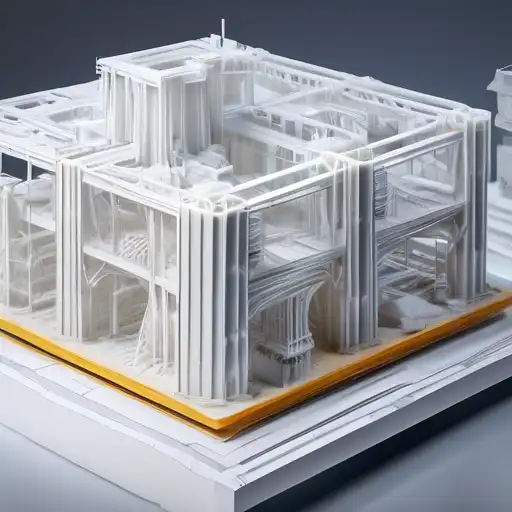Introduction to 3D Printing in Construction
The construction industry is on the brink of a revolution, thanks to the advent of 3D printing technology. This innovative approach to building is not only faster and more cost-effective but also opens up new possibilities for architectural design and sustainability. In this article, we explore how 3D printing is shaping the future of construction.
The Benefits of 3D Printing in Construction
3D printing, or additive manufacturing, offers numerous advantages over traditional construction methods. These include:
- Reduced Construction Time: Projects that once took months can now be completed in days.
- Lower Costs: Minimizing labor and material waste significantly reduces expenses.
- Design Flexibility: Complex geometries that were once impossible are now achievable.
- Sustainability: Using eco-friendly materials and reducing waste contributes to greener construction practices.
Current Applications of 3D Printing in Construction
Around the globe, 3D printing is being used to construct everything from residential homes to commercial buildings and even bridges. Notable examples include:
- The world's first 3D-printed office building in Dubai.
- A 3D-printed pedestrian bridge in Spain.
- Affordable housing projects in developing countries.
These projects demonstrate the versatility and potential of 3D printing in addressing various construction challenges.
Challenges and Future Prospects
Despite its potential, 3D printing in construction faces several challenges, including regulatory hurdles, material limitations, and the need for skilled operators. However, ongoing research and development are rapidly overcoming these obstacles, paving the way for wider adoption.
The future of 3D printing in construction looks promising, with advancements in materials science and robotics expected to further enhance its efficiency and capabilities. As the technology matures, it could become a standard practice in the industry, revolutionizing how we build our world.
Conclusion
3D printing in construction represents a significant leap forward in building technology. Its ability to reduce costs, time, and environmental impact while enabling unprecedented design freedom makes it a key player in the future of construction. As we continue to explore and refine this technology, the possibilities are limitless.
For more insights into innovative construction technologies, check out our articles on sustainable building materials and the future of construction.
